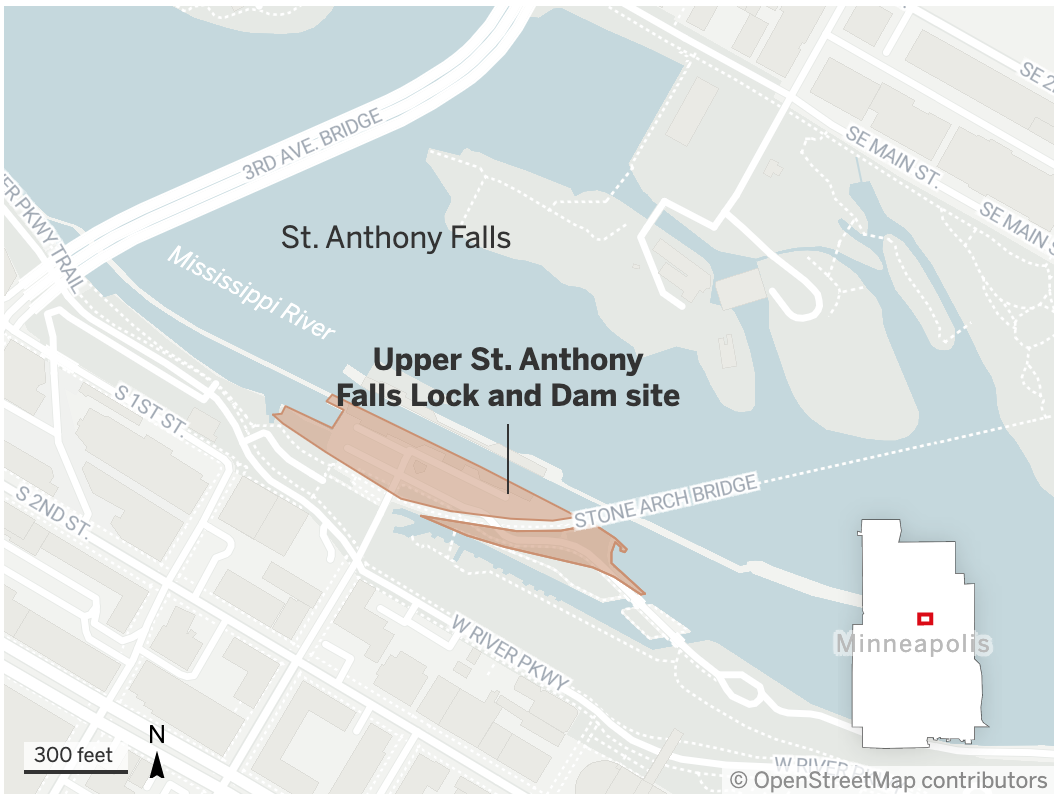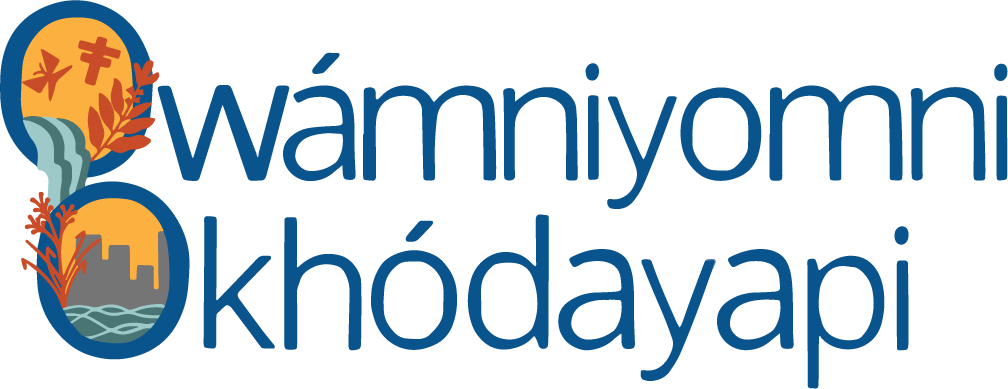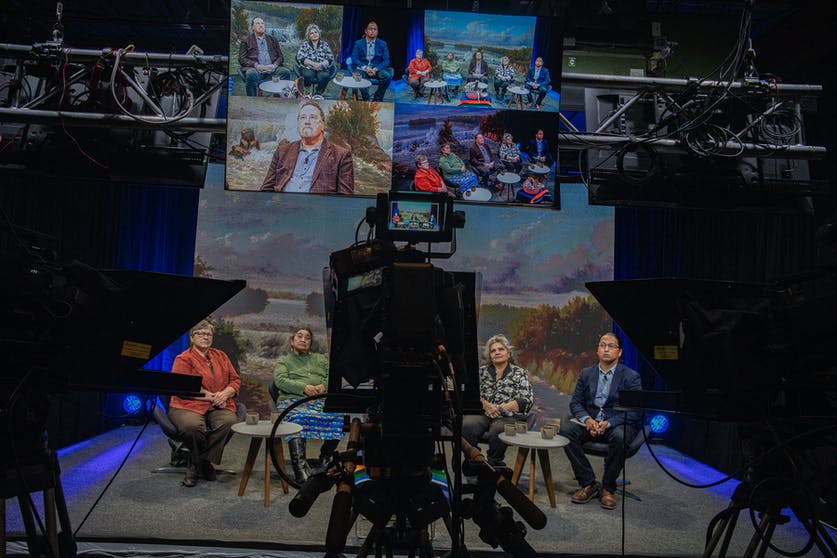By Susan Du for Star Tribune
The federal government is relinquishing about 3 acres of central Mississippi riverfront property where Dakota people once held ceremonies and gave birth.
The closure of the Upper Mississippi locks and end of the barge era continue to reshape Minneapolis’ relationship with the Mississippi River.
As heavy industry gives way to new recreation opportunities near St. Anthony Falls, a slice of federally owned riverfront has become available for redevelopment. The Friends of the Falls and Native leaders are introducing a public engagement process with a “land back” emphasis.
“This is groundbreaking,” Robert Lilligren, CEO of the Native American Community Development Institute, said during a community gathering last week. “This project will be a model of how we can recognize Native sovereignty and the rights of water in these complicated institutional projects going forward.”
Long-range plans of the Minneapolis Park and Recreation Board, Minneapolis Downtown Council and others called for a visitor center at the lock, but that idea has now been put aside in favor of starting out planning with a blank slate. The only conditions for the project are that it uplifts Indigenous history, follows ecologically restorative principles, connects people to the water and keeps the site public.
St. Anthony Falls Lock and Dam proposed change
The federal government may transfer ownership of the land at the Upper St. Anthony Falls lock and dam to the city of Minneapolis, which plans to acknowledge the history of the Dakota people at the site.

The land in question is about 3 acres located at the west bank base of the Stone Arch Bridge. For decades it operated as a parking lot, partly fenced, with limited public access. The U.S. government owns it along with the adjacent Upper St. Anthony Falls lock and dam.
With river barge traffic on the decline, Congress closed the lock in 2015 to prevent the spread of invasive carp. This triggered a series of development opportunities including the 48-acre Upper Harbor Terminal project and the new downtown park Water Works, which includes the Sioux Chef’s Owamni restaurant.
The U.S. Corps of Engineers now want to transfer the properties around the obsolete lock to the city of Minneapolis, which engaged the Friends of the Falls to negotiate terms.
Friends of the Falls in partnership with Native leaders introduced the project to the general public for the first time on Tuesday with a panel discussion of the hidden history of the Dakota people, who once gathered near the swirling waters and limestone islands at the foot of the falls to have ceremonies and give birth.
“All of us as Indigenous people, we hear, ‘Land back, land back,’ but what does that mean in a really practical way?” asked Karen Diver, senior advisor to the president for Native American Affairs at the University of Minnesota. “It means that communities are acknowledging our tie to place. … Native American history is American history. It didn’t start when the first colonizer got here, and we’re finally starting to recognize that sacred places and traditional places are a part of all of our story collectively.”
With the western expansion of European settlers, nearby Spirit Island — sacred to the Dakota — was quarried down to a stone jetty. The natural cascade of the waterfall was also destroyed in 1869 when early lumber and flour mills punched so many tunnels into the riverbed that the U.S. Army Corps of Engineers had to construct an apron to prevent it from collapsing into rapids.
“I remember taking field trips to [the Mill City] area or to Fort Snelling, and how very uncomfortable that was for me as a child knowing that the narrative was so wrong,” said Jewell Arcoren, executive director of Wicoie Nandagikendan, an Indigenous language immersion program. “As children, we always ran to the river, we always reconnected … Many of us are revitalizing it, and I think that those are really powerful ways for us to continue to heal.”
Over the coming months, Friends of the Falls and the Native Partnership Council will host a series of community conversations centered around Native voices.
The next event, “Relationships with the River,” is scheduled for March 16, with the location to be decided. It will focus on water ethics and the ecological aspects of the project.
Initial design frameworks will be introduced in May.


